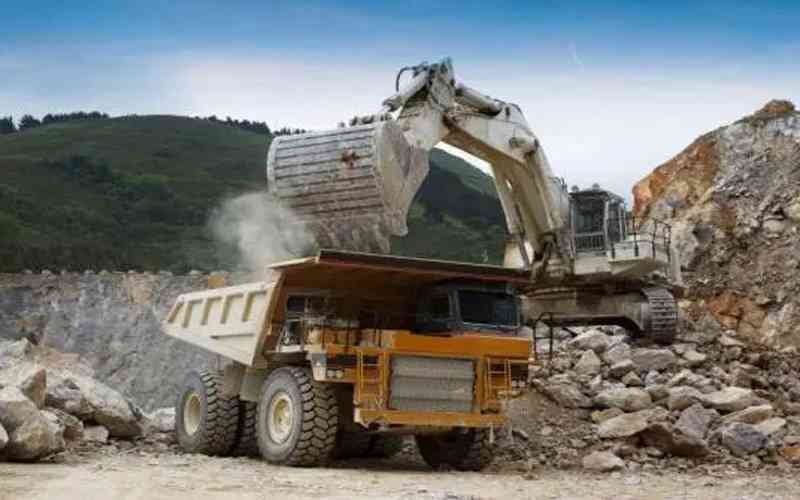
THE price of metals, like nickel and aluminium, have plunged drastically from recent record highs, sending shock waves into the country’s mining industry.
Experts said this week the outlook was uncertain.
Against a backdrop of soaring overheads, executives predicted tougher times ahead, warning this will trigger viability challenges in the sector.
In an interview with businessdigest, the Chamber of Mines of Zimbabwe chief executive, Isaac Kwesu said the development would trigger a decline in the sector’s contribution to national exports and the fiscus.
“Some mineral prices for the second quarter of 2023 were lower than those recorded in the first quarter,” Kwesu said.
“Of particular note is the decline in prices of nickel by 14%, palladium by 7%, rhodium by 40% and coal by 31%,” he noted.
“The decline in these mineral commodity prices will undermine the viability of mining operations as the affected mines will struggle to meet their operating costs.
“At macro level, the mining industry’s contribution to national exports and fiscus will decline if the prices do not recover on time,” Kwesu added.
- Miners in urgent plea for forex
- Lithium symposium to headline Chamber of Mines conference
- Mining sector energy demand to surge 344%
- Gold production down 11%
Keep Reading
The country's economy is largely driven by mining, manufacturing, tourism and agriculture.
The World Bank predicted recently that large price declines were expected in tin and zinc, with drops of 23% and 20%, respectively, in 2023.
Aluminum and nickel prices are forecast to decline by 11% and 15%, respectively, while copper, lead, and nickel are expected to fall by less than 5%.
According to the statistics, most metal prices are expected to fall further in 2024, with price declines ranging from 3% for zinc to 9% for nickel.
Prices have been falling due to a slowdown in industrial activity across major economies.
This has compounded slackening demand in China, which has recently emerged as one of the biggest consumers of minerals from Zimbabwe. These include platinum, lithium and diamonds.
The slowdown comes at a time when the country has been seeking to attain US$1 billion in annual revenue from diamonds starting this year.
The government launched an ambitious plan to transform the mining sector into a US$12 billion export industry by the end of this year.
The plan was launched in October 2019, declaring mining as a key pillar to sustainable economic growth.
An achievement of that target would represent a 275% jump from the US$3,2 billion realised from exporting mining commodities in 2018.
The plan targets a gold output of US$4 billion per year with platinum at US$3 billion. Diamond mining and polishing was set at US$1 billion, equal to the combined target of chrome, nickel and steel.
Coal, hydrocarbons, lithium and other minerals were projected to contribute the remaining US$3 billion.
According to the Reserve Bank of Zimbabwe’s mid-term monetary policy statement, the mining sector continues to support economic growth, benefiting largely from ongoing investments in lithium production, following a rise in global demand for the manufacture of batteries for electrical vehicles.
Overall growth in the mining sector during 2023 is projected at 4,8%, benefitting from increases in the production of lithium,chrome, diamonds and platinum group metals.
Gold output fell 11% to 16 855 kilogrammes in the seven months to July this year, official data shows.







